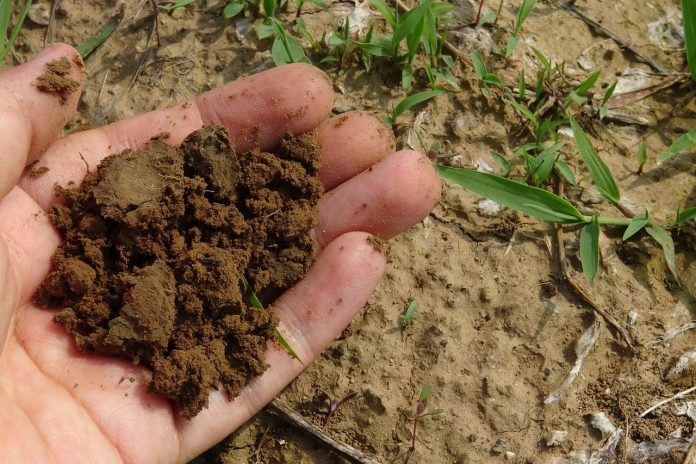“Most of the world will make decisions by either guessing or using their gut. They will be either lucky or wrong.”
— Suhail Doshi (on the importance of data).
Testing your pasture’s or hay field’s nutrients and pH should be part of your land management strategy. Soil testing provides more information to farmers so they can ensure their fields are healthy, productive and can support the land usage. Knowing your field’s nutrient status and pH is crucial for optimal forage production and directly relates to the success of the farm.
Poor soils, lacking the necessary nutrients, will not yield as much forage growth, resulting in a lesser stocking rate or increase in supplemental feed. Either way, it can cost you money.
Time to test
Soil tests are relatively inexpensive, making it worth the investment. If you have never tested your fields before or if it has been a while, now is an excellent time to start testing. With the heavy rainfalls we experienced over the last few years, you may find you need to replenish the soil’s nutrients to ensure sufficient forage growth for this season.
Excessive rainfalls during the summer can encourage grass to stay green when it would normally go dormant, resulting in more nutrients consumed from the soil. If you decide to test, it is important to remember that soil recommendations are based on the assumption that the forage grown will be utilized.
Therefore, it is important for farmers to adjust the stocking rates and grazing management as necessary to ensure that the forage produced is used. This is essential for maximizing benefits from investing in fertilizer.
Testing your soil is not difficult, and many extension offices have soil probes to loan out for free to assist in extracting the soil. As well as the probe, extension offices can provide you information on how to take a quality soil sample.
Sampling tips
Whether you take samples in the spring or fall, be consistent by taking samples the same time of the year, every time you sample. This way you can track trends and adjust your nutrient management plan.
For Southeast Ohio, one soil sample should not exceed 5-10 acres. For larger fields, subdivide into smaller areas. Each sample should comprise of 15-25 borings taken randomly throughout the field. Exclude areas that are not representative of the field; for example, eroded areas, wet spots, edge of the field and high nutrient areas like watering and shade tree areas.
Each boring should be 4 inches in depth. Be consistent for each boring afterwards. Let your soil sample air dry in a shady spot and on a clean surface before submitting it to the lab or extension office. Never heat the sample.
Pastures should be sampled every three or four years, and at establishment. Never sample immediately after applying, fertilizer, lime or manure.
Soil testing should be the first step in your grazing management plan. This information will aid in the decision-making process. When taking a soil sample, remember to be consistent and keep your borings representative of the field you’re sampling. Finally, remember this famous soil sampling quote: “test, don’t guess.”













